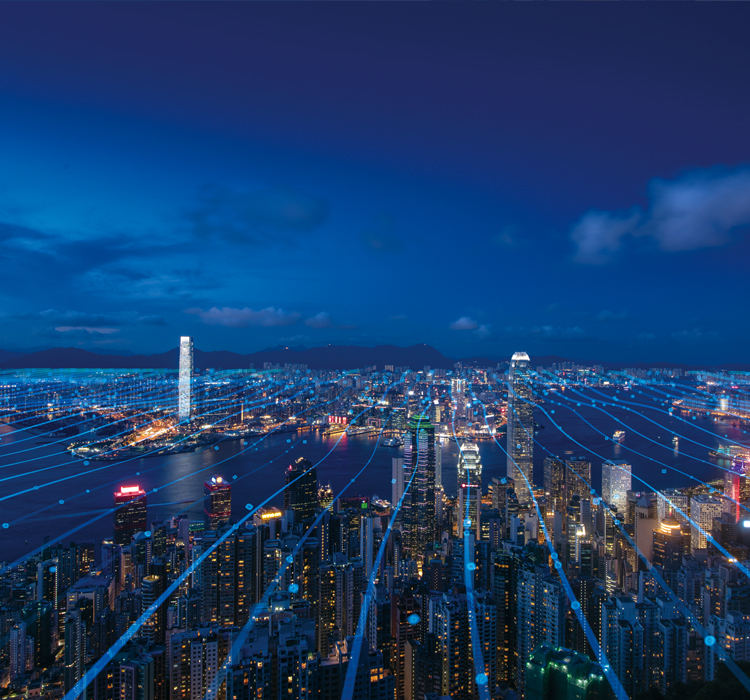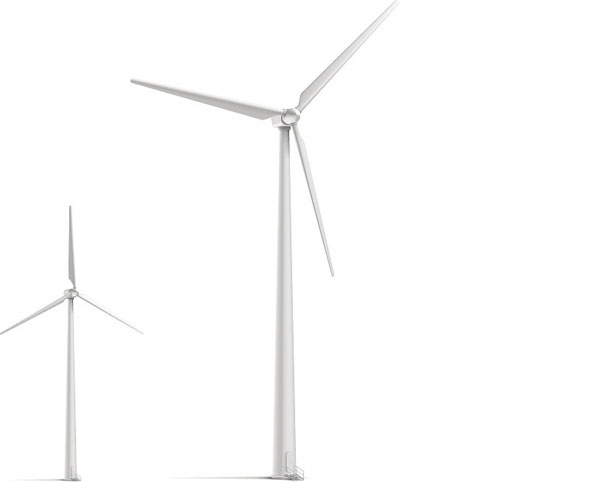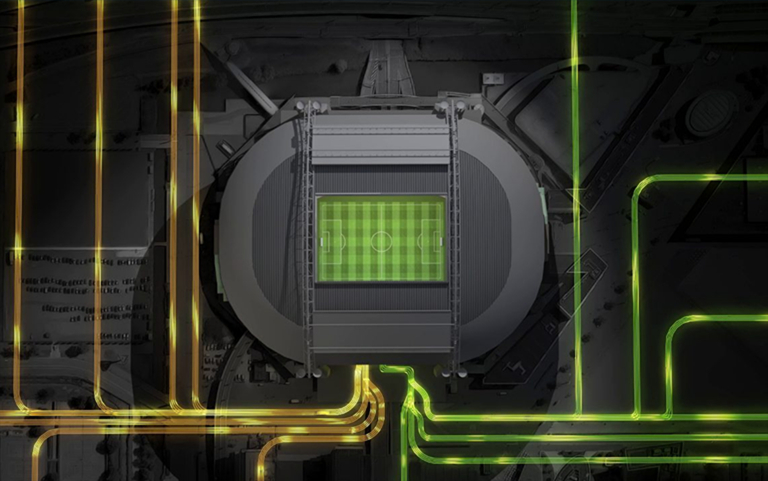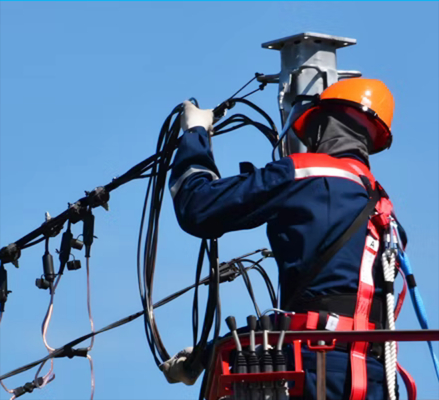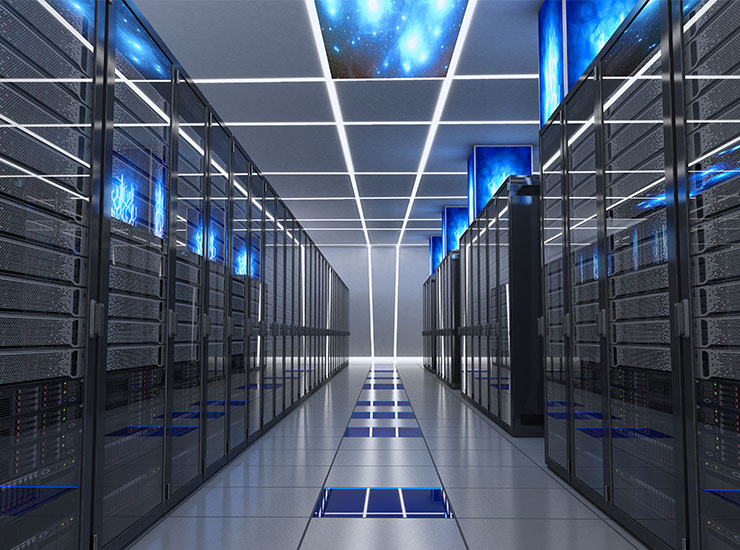
Products and solutions
Products and solutions

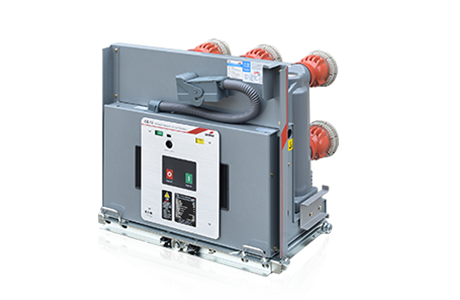







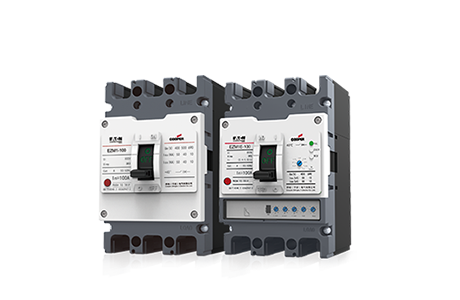


CE-12
CE-12 Edison Indoor MV Embedded Pole Insulated Vacuum Circuit Breaker


CES
CES-40.5F Circuit Breaker for Electric Arc Furnace


ASN3
ASN3-12 AC Metal-enclosed Switchgear


EZMX1
EZMX1 Series Miniature Air Circuit Breaker


EZM1
EZM1 Series Moulded-case Circuit Breaker
Products and solutions
Service and support
About us
Company Profile
Technical origin
The future has come
Media center

